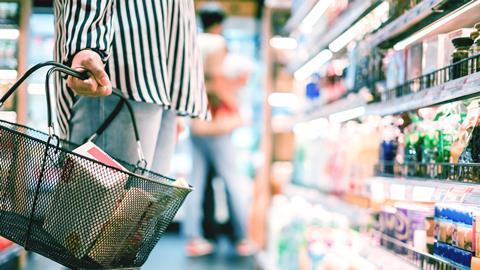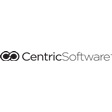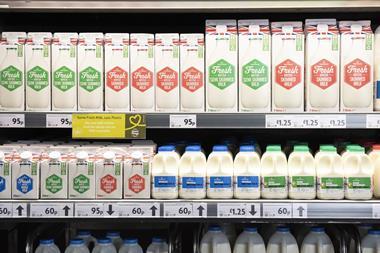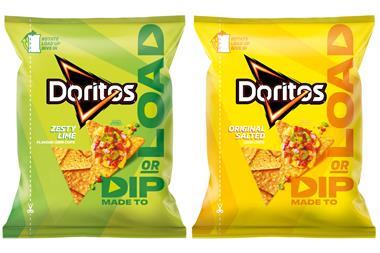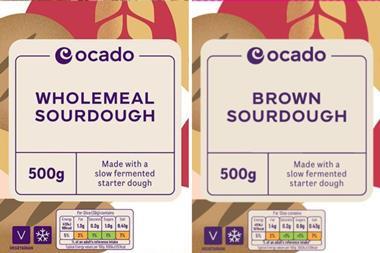Growing consumer demands for safe and sustainable food packaging combined with extensive legislative regulations, have created big challenges for food and beverage producers when it comes to effectively delivering on packaging and labelling.
Food and beverage producers have always had to manage the constrains and requirements of packaging and labelling. But consumer demands and a globalised economy, among other forces, have made this challenge all the more daunting. Companies have to be more organised and efficient than ever before as they manage multiple teams and regulatory requirements before producing the proper label for each product.
Safe and transparent labelling is a big concern for consumers. In response, allergen requirements on food and beverage labels have also increased and are becoming more critical for brands. Natasha’s Law, for example, which went into effect in October of 2021, requires retailers to display a full ingredient list on every single item that is made and pre-packed on site for direct sale to consumer. This ingredient list must emphasise 14 major allergens. The law, which creates a high level of transparency between the producers and consumer, produces an additional level of challenges for brands.
Consumers also expect brands to be conscious of their carbon footprint at all levels of production, and that includes packaging. According to a 2021 study by McKinsey, “Global consumers are increasingly worried about the environment and the impact of packaging leakage.”
Addressing packaging and labelling demands
Regulatory bodies are now adopting these demands. France, for example, recently banned single-use plastic packaging on about 30 fruits and vegetables. Adapting packaging and labelling to meet the consumer and regulatory demands of environmental sustainability creates two big challenges for producers: creating the appropriate packaging for both consumers and government, and figuring out the best ways to communicate this eco-forward branding in their packaging.
Though consumers are demanding more complex delivery-ready and ready-to-eat packaging, many are still highly concerned about sustainability. This combination of demands, along with legislative reform, forces producers to find creative solutions and manage them effectively.
Labelling space, in addition, becomes a big challenge for producers as they work to meet enormous demands. Companies are already extremely limited in label space, particularly when it comes to small products with smaller labels. It is a logistical and managerial challenge to fit extensive (required) information in these spaces, while also adhering to sustainability measures and creating impactful branding in the process.
The final layer of complication lies in packaging and labeling requirement variations from one country to the next. Though a company may operate in the UK, products sold in other European markets frequently have distinct packaging and labelling specifications. Global brands with products in various international markets need to stay on top of changing regulations and adapt accordingly.
Sustainable and innovative packaging solutions
These packaging and labeling challenges and demanding regulations present multiple opportunities for brands to stay up to date and innovate their recipes, sustainable packaging solutions and improve overall transparency. Product lifecycle management (PLM) software is an excellent tool to manage these processes for four key reasons.
1. Source optimisation. This type of technology allows companies to optimise sourcing and ensure they are receiving accurate data from suppliers. With collaborative PLM software, F&B manufacturers can easily communicate with each product and packaging vendor on one central platform. They can also use the data to monitor plastic levels and create packaging that reduces their carbon footprint.
2. Data accuracy. Brands can develop compliant labels with up-to-date allergens and nutritional values. PLM software ensures full data accuracy via the supplier portal, enabling brands to generate compliant labels across different regions.
3. Streamlines processes. Companies can use PLM to streamline the label design process and communicate across multiple departments and ensure the label is accurate and up to date.
4. Waste minimisation. Finally, producers are able to limit waste through smart labels and intelligent tracking, which ultimately saves on cost.
Many solutions to successfully harnessing packaging and labelling opportunities lie in putting the proper systems and technological solutions in place. Centric’s PLM software provides the right systemisation to deliver the proper package and label for each product in each location, meet consumer demands and ultimately increase the bottom line.
To learn more about Centric’s product lifecycle management software and request a demo, here.







